Price: $64.99 - $35.99
(as of Oct 31, 2024 11:53:41 UTC – Details)

Jump start your journey with electronics! If you’ve thought about getting into electronics, but don’t know where to start, this book gives you the information you need. Starting with the basics of electricity and circuits, you’ll be introduced to digital electronics and microcontrollers, capacitors and inductors, and amplification circuits – all while gaining the basic tools and information you need to start working with low-power electronics.
Electronics for Beginners walks the fine line of focusing on projects-based learning, while still keeping electronics front and center. You’ll learn the mathematics of circuits in an uncomplicated fashion and see how schematics map on to actual breadboards. Written for the absolute beginner, this book steers clear of being too math heavy, giving readers the key information they need to get started on their electronics journey.
What You’ll LearnReview the basic “patterns” of resistor usage―pull up, pull down, voltage divider, and current limiterUnderstand the requirements for circuits and how they are put togetherRead and differentiate what various parts of the schematics doDecide what considerations to take when choosing componentsUse all battery-powered circuits, so projects are safeWho This Book Is For
Makers, students, and beginners of any age interested in getting started with electronics.
Publisher : Apress; 1st ed. edition (September 2, 2020)
Language : English
Paperback : 530 pages
ISBN-10 : 1484259785
ISBN-13 : 978-1484259788
Item Weight : 1.6 pounds
Dimensions : 6.14 x 1.07 x 9.21 inches



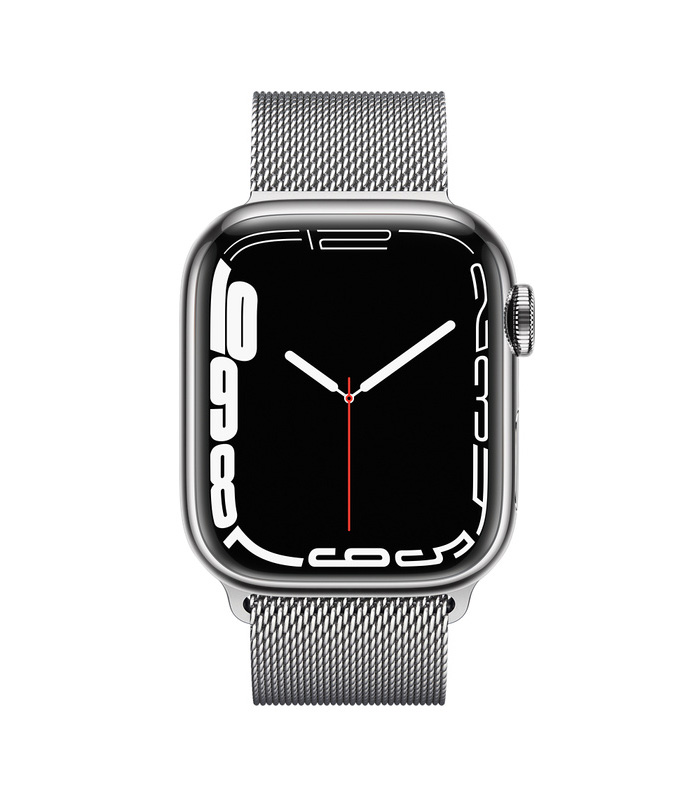

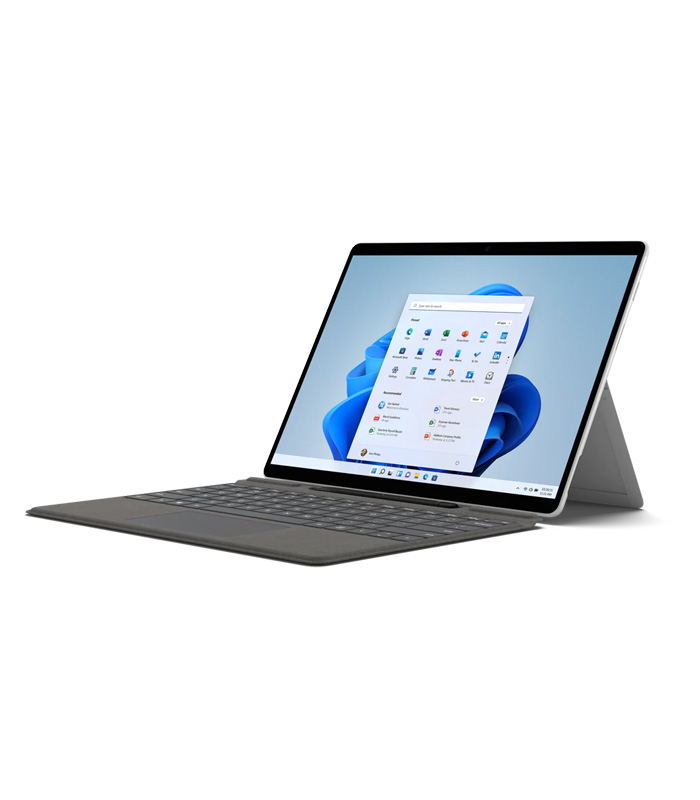
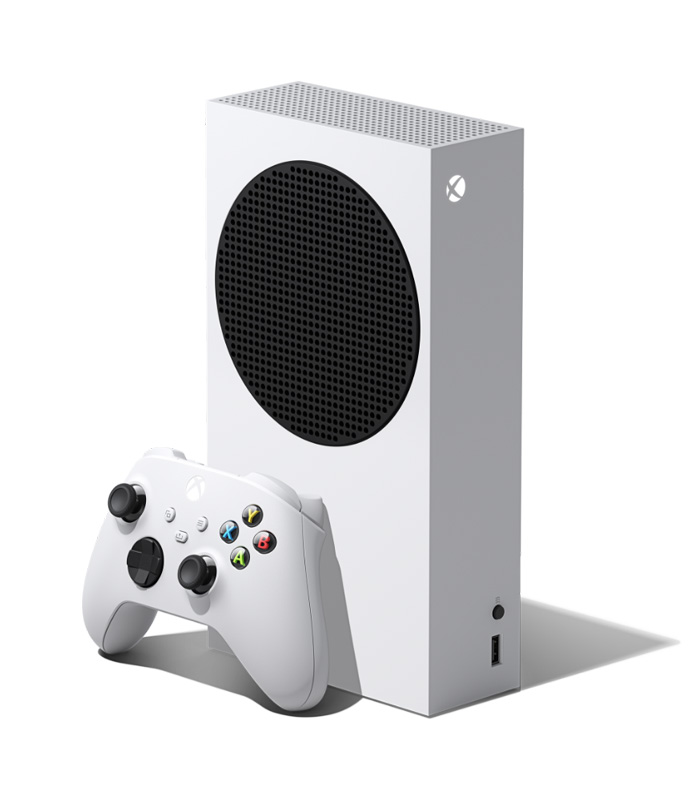


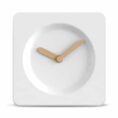

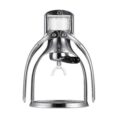
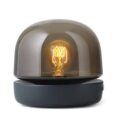









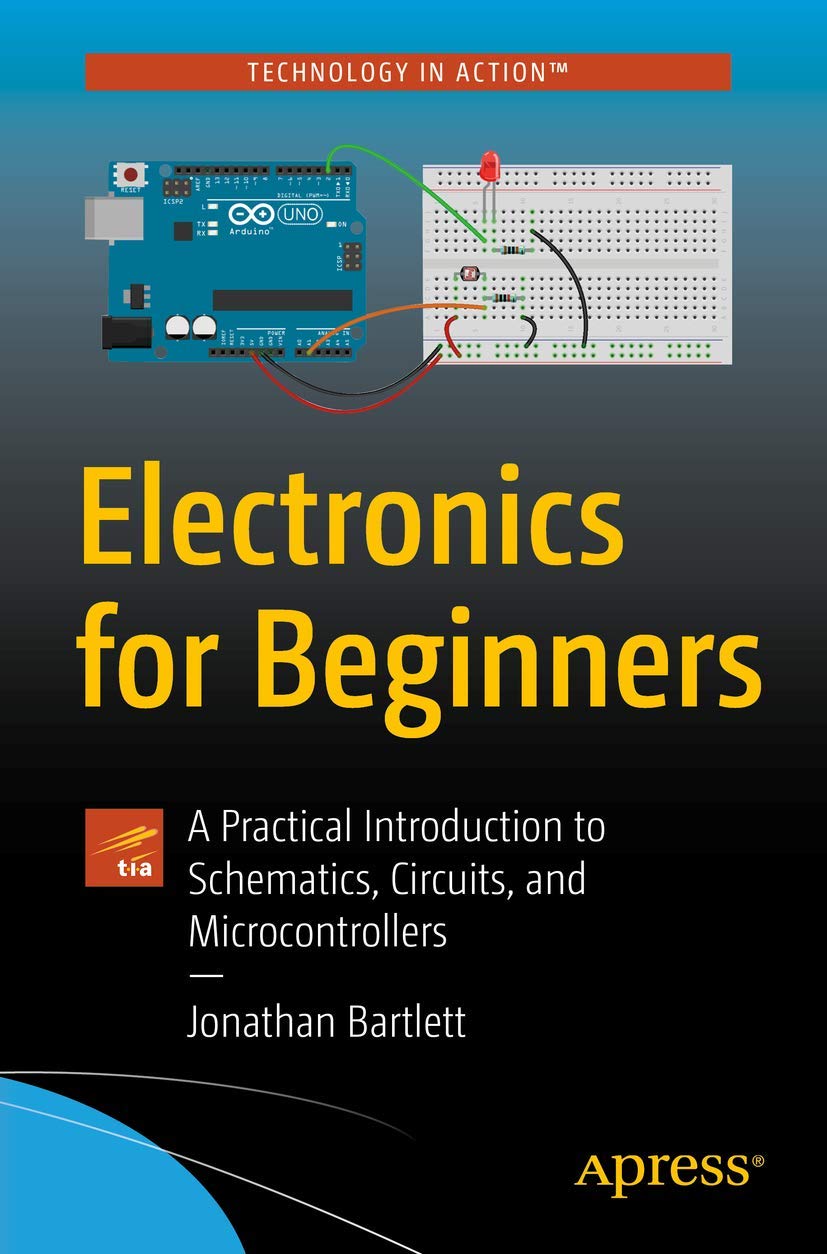




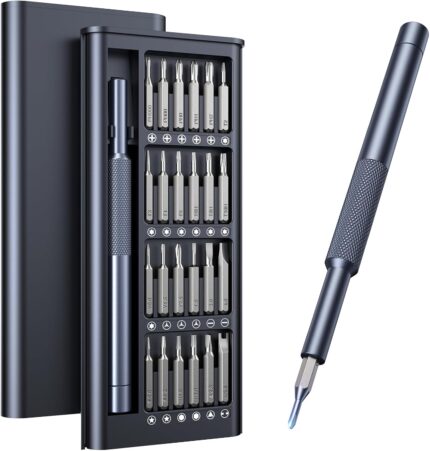

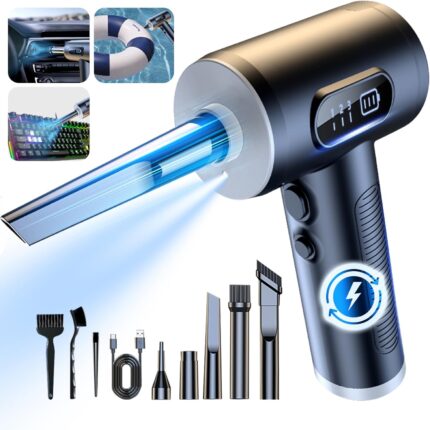




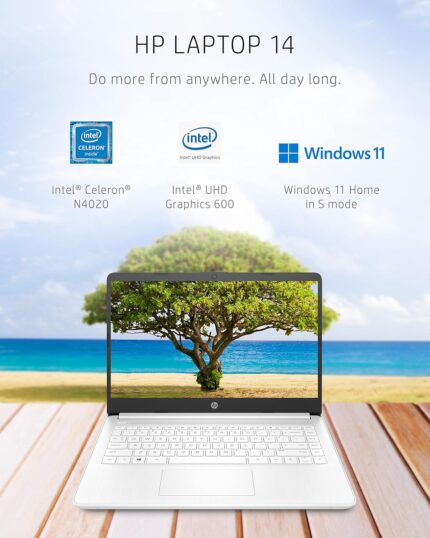
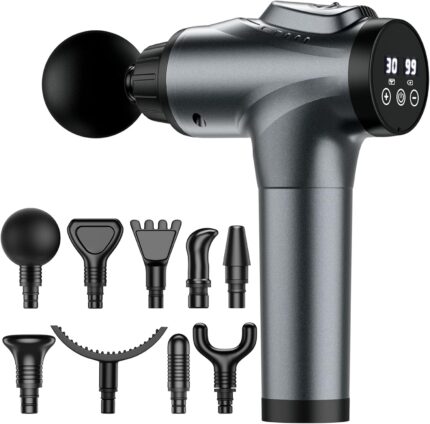
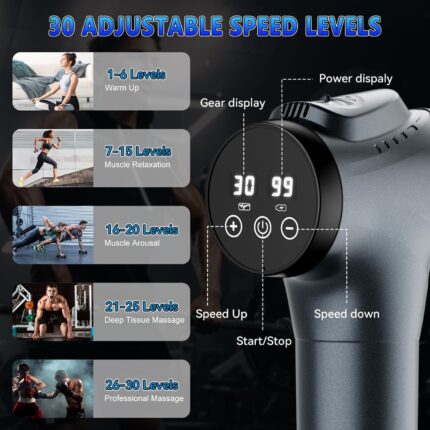
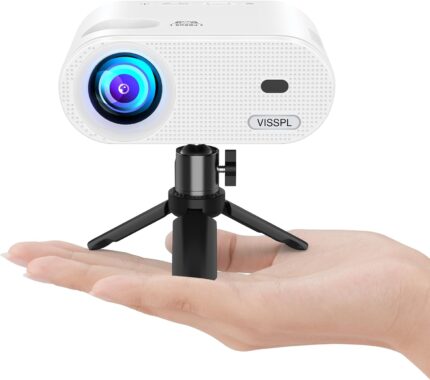
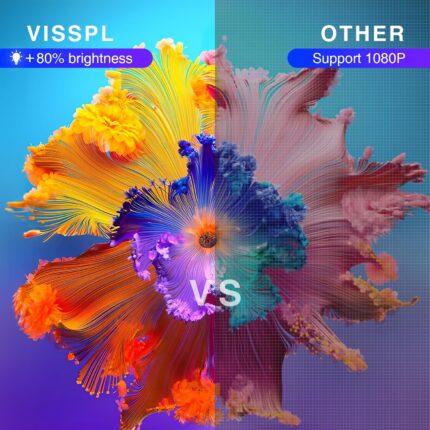


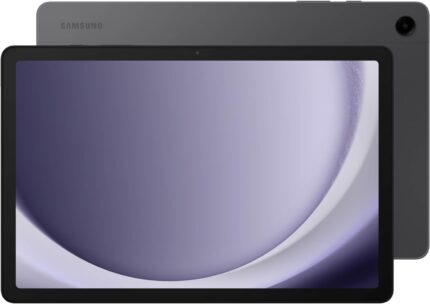
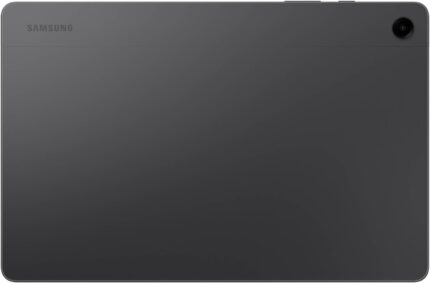

Michelle Naranjo –
Great beginner book…answer key is available…
I am 1/4 of the way through the book, and I believe it is much easier than most text books. I compared it to another “basic” electronics textbook I purchased, and concluded that I would rather learn from this one first! It is not easy, but they start from the very beginning and progressively get more advanced. I also followed another reviewers instructions, and downloaded the answer key. It says it is a work in progress, but that is better than nothing!
Vlad –
Perfect book for a beginner
If you bought yourself a breadboard and couple of electronic components, maybe arduino even, watched dozens of videos on youtube but still struggling to put everything together in your head – this book is EXACTLY what you need. When you want to design simple maybe but your own circuits instead of buying DIY kits that will teach you no more than soldering you need to know basics about components available and how to use them. This book is about practical knowledge, bare minimum of theory and math.
ã ¤Angel –
yes
itâs just what i needed to learn more into my career.
Handy1 –
A nice, tidy and understandable intro to electronics with practical application for the hobbyist.
A good basic review. Not too technical but enough so to keep interest if you love the science if building and fixing basic electronic gadgets. Well written. Comfort with basic math, mostly arithmatic will help. A good reference book for the electonics tnkerer library. Youâll want tovl keep it around.
James Boon Francies –
Concise Introduction
The author provides an excellent barebones introduction on electronic components and digital circuitry.
Eugeun –
It’s a great book for beginners!
I love the way the material is presented in this book: very good and clean explanations, amazing examples to get even better understanding and practical exercises to polish the gained knowledge. I’d strongly recommend this book to anyone who wants start their journey into the fascinating world of electronic!
vital –
awesome book for a newbie and up.
book does start from very basics.as it goes further in it will start throwing usefulformulas at you and give you a few challenges toapply the knowledge uou just acquired.one will need to be friends with math but thers justno way around it.book will train you how to understand schematicsand will go in detail on each componentpresent in it.500 pages of good layed out information.strongly recommend.1 recommendation to the publisher:I’d rather have the book available in spiral binder, that way it’s easier to work with it since it’s slso a work book and no way it should be shelf book.
Jim robert –
Informative
I love this book so far
Miguel Angel Alcala Landeta –
El libro parece bien, pero la editorial se nota que es descuidada. Le faltan las primeras hojas del Ãndice.
gbromley@intstar.com –
The author is clear and concise on explanations and concepts.Pros- Concise explanations of various topics- Steps up from basics to more advanced to an well ordered mannerCons- Content material may be maths heavy for some on advanced topics- I’d personally would have liked more programming content in the book, felt like I need another book to build upon this building up Arduino/Circuitpython knowledge
Smg –
I like this book so much. So simple, well built, easy to understand, formulas and maths easy to follow. And I’m not an electrical engineer. I did play with electronic pieces when I was a teenager, but it was more about following schemas and building the DIY gadgets as we would do for resolving “simple” puzzles. I’ve now a better understanding and it helps me a lot ot put the different pieces together and to do the required calculations.
Stefan Schmalhaus –
In meiner Jugend war ich begeisterter Elektronik-Bastler, habe das Hobby aber im Zuge von Studium und Berufseinstieg irgendwann aufgegeben. Heute, gut vierzig Jahre später, hat mich das Interesse wieder gepackt. Vieles in dem Buch war für mich nicht neu, aber es war gut, das Wissen systematisch aufzufrischen.Der Autor behandelt das Thema in einer anfängerfreundlichen Weise, indem er mehr Wert auf die praktische Anwendung von elektronischen Komponenten legt als auf die physikalischen Grundlagen. Die mathematischen Ausführungen beschränken sich auf simple algebraische Umformungen. Wer tiefer einsteigen will, findet im Anhang weitergehende mathematische Erläuterungen.Alle wichtigen Bauelemente von elektronischen Schaltungen werden nachvollziehbar erklärt. Neben passiven Komponenten (Widerstände, Kondensatoren, Spulen usw.) werden auch Halbleiter und wichtige ICs (z. B. Logik-Schaltungen oder der berühmte 555 Timer) behandelt. Wichtige Regeln (Ohmsches Gesetz, Kirchhoffsche Regeln usw.) werden anhand von Schaltungen erläutert. Drei kurze Kapitel befassen sich mit dem Arduino-Mikrocontroller.Die Beispielschaltungen lassen sich mit relativ geringem Aufwand auf einem Breadboard nachbauen und erleichtern den Einstieg in den praktischen Umgang mit den Bauteilen. Anfänger haben nach der Lektüre einen guten Ãberblick über die Funktionsweise und das Zusammenwirken der gängigsten elektronischen Komponenten.Jedes Kapitel schlieÃt mit einer knappen Zusammenfassung des Gelernten und einigen Ãbungsaufgaben. Leider gibt es zu den Ãbungen keinen Lösungsteil â weder im Buch noch online.Das Englisch ist nicht sonderlich kompliziert und lässt sich gut und flüssig lesen.
Stephen Hill –
Bartlett is a true gem of an author. I previewed several of his books before I made my purchase. This is a man who’s intellect and depth of knowledge really shines. He really knows his subject and provides details that very few other authors do. It is a pleasure to read his books. I highly recommend any of his books. I will definitely purchase more in the future.